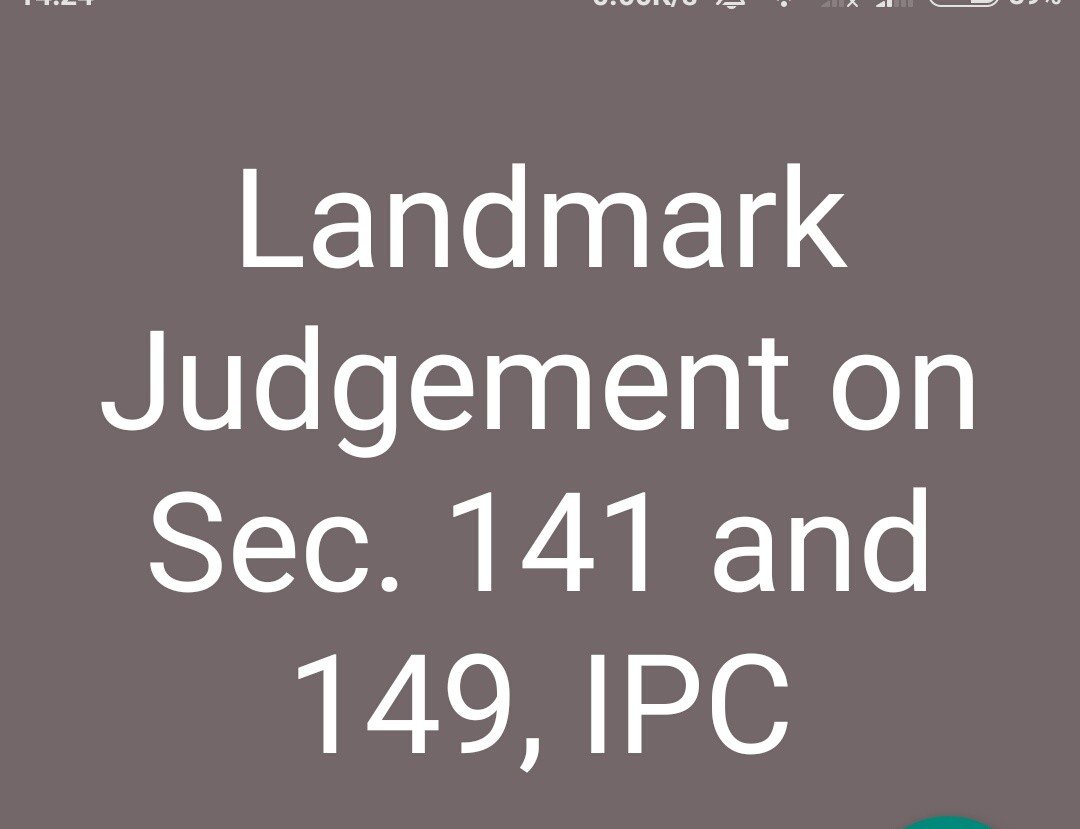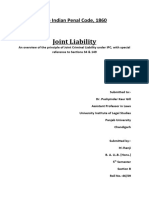Section 149 Of Ipc

What constitutes to rioting has been defined in section 146 of the ipc as whenever force or violence is used by an.
Section 149 of ipc. Every member of unlawful assembly guilty of offence committed in prosecution of common object. Section 34 of ipc talks of acts done by two or more persons in furtherance of common intention. Introduction to section 34 under ipc 1860.
Section 34 acts done by several persons in furtherance of common intention when a criminal act is done by several persons in furtherance of the common intention of all each of such persons is liable for that act in the same manner as if it were done by him alone. Section 141 of the indian penal code details the specifics of an unlawful assembly. Section 34 of ipc 1860 is defined as acts done by several persons in furtherance of common intention.
Each person will be liable for the offence committed. Legal provisions of section 149 of indian penal code 1860. Differences between section 34 and section 149 ipc.
It is also known as laying down a principle of joint or vicarious or constructive criminal responsibility. Every member of unlawful assembly guilty of offence committed in prosecution of common object. This section is a very important provision with regard to group liability.
Section 149ipc reads as under. Section 149 of the indian penal code can be invoked even when no charges under section 141 of the ipc have been framed the supreme court held on tuesday. If an offence is committed by any member of an unlawful assembly in prosecution of the common object of that assembly or such as the members of that assembly knew to be likely to be committed in prosecution of that object every person who at the time of the.
Meaning of unlawful assembly. Section 149 in the indian penal code. Understanding section 34 ipc.


















